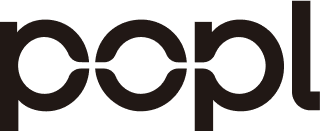What is waterfall enrichment?
Waterfall enrichment is a method of updating, enhancing, and verifying leads’ contact information by running it through a series of third-party data sources in a set order. If the first source can’t find the missing data, the request moves to the next like water flowing down a series of steps.
This layered approach often results in higher match rates, giving sales teams the complete profiles they need for effective, personalized outreach.
Is waterfall enrichment better than using one tool?
Yes, because no single provider has 100% coverage. Waterfall enrichment increases your chances of a complete match while reducing your dependency on one vendor.
Read More

